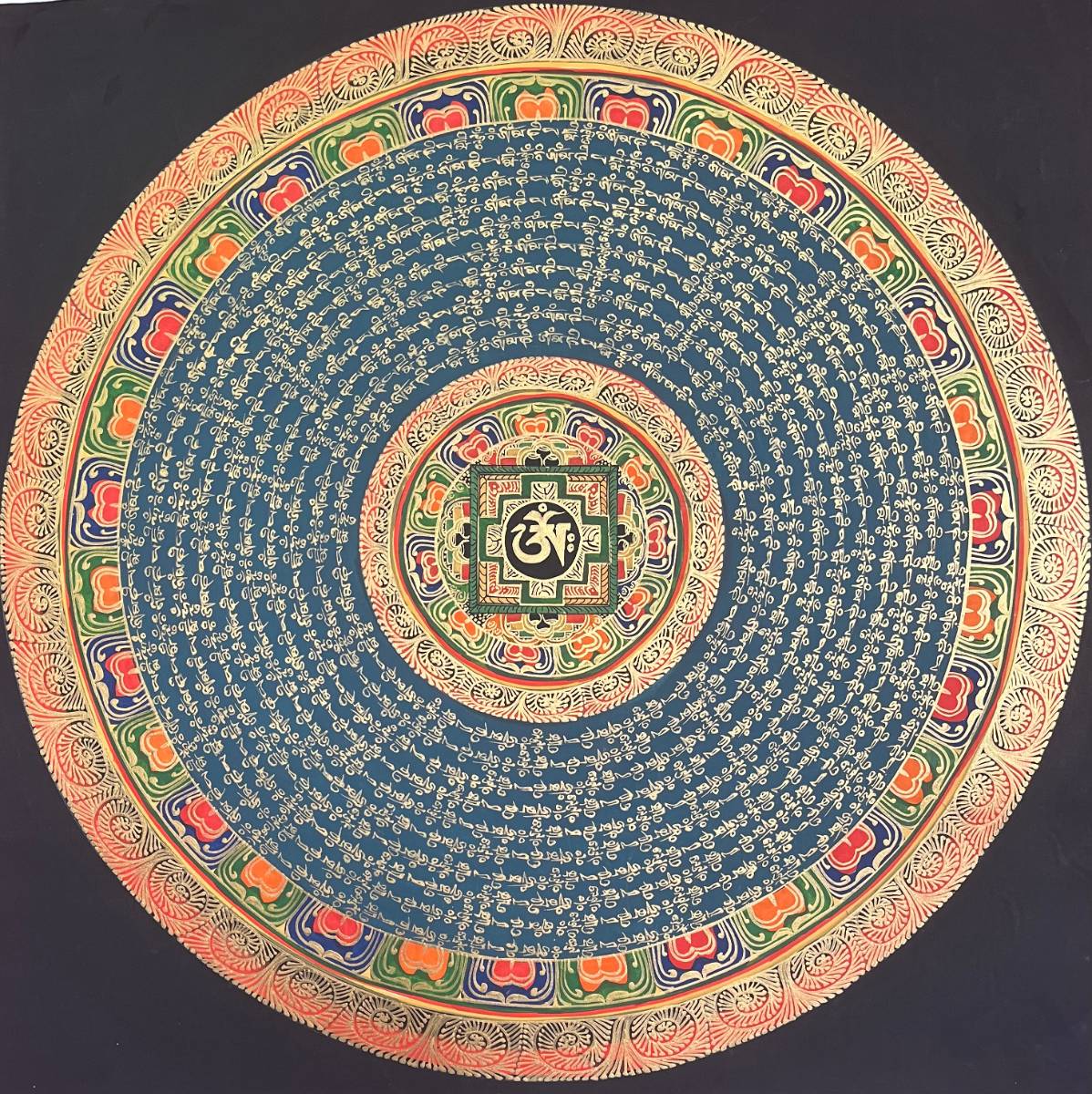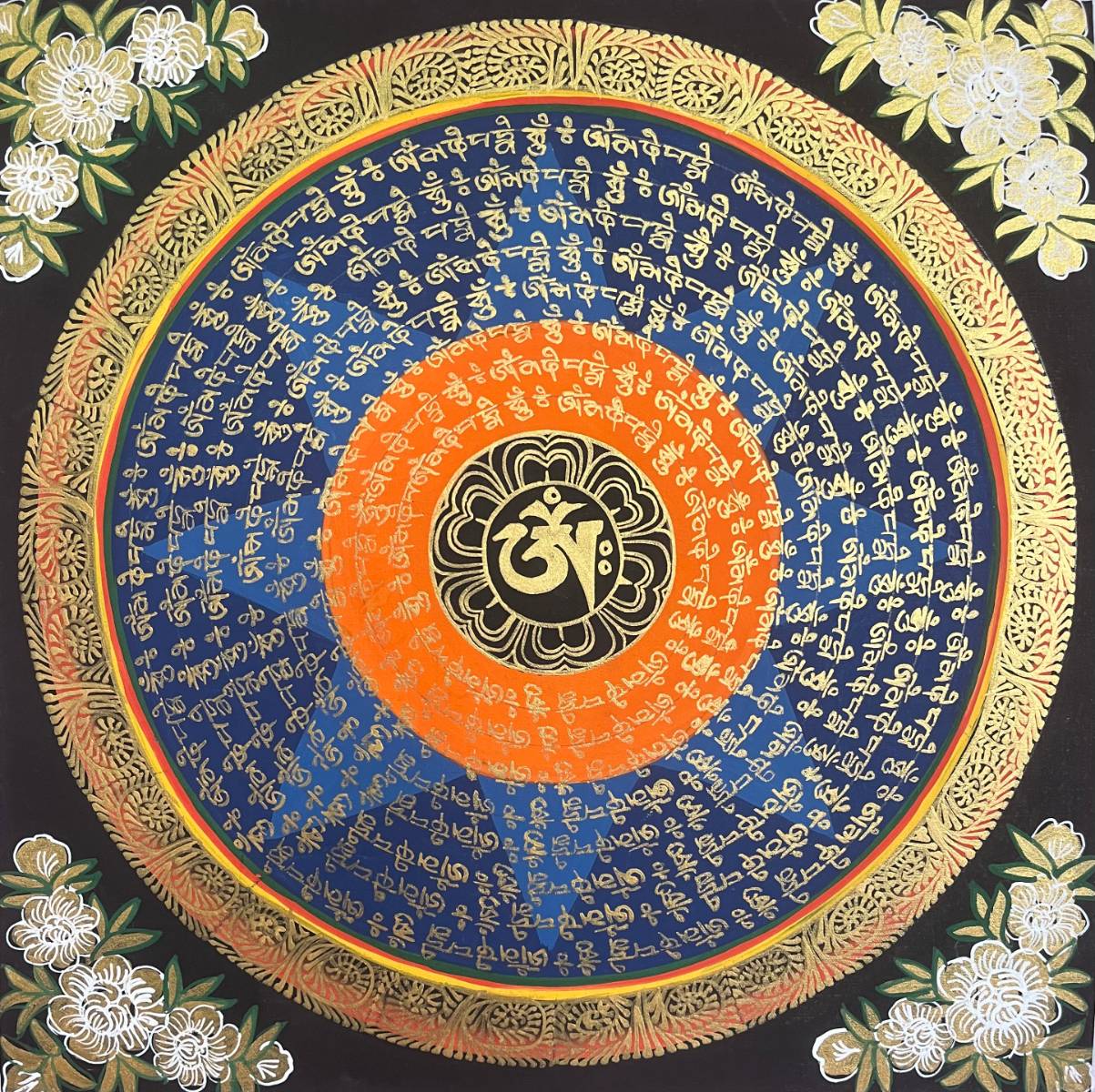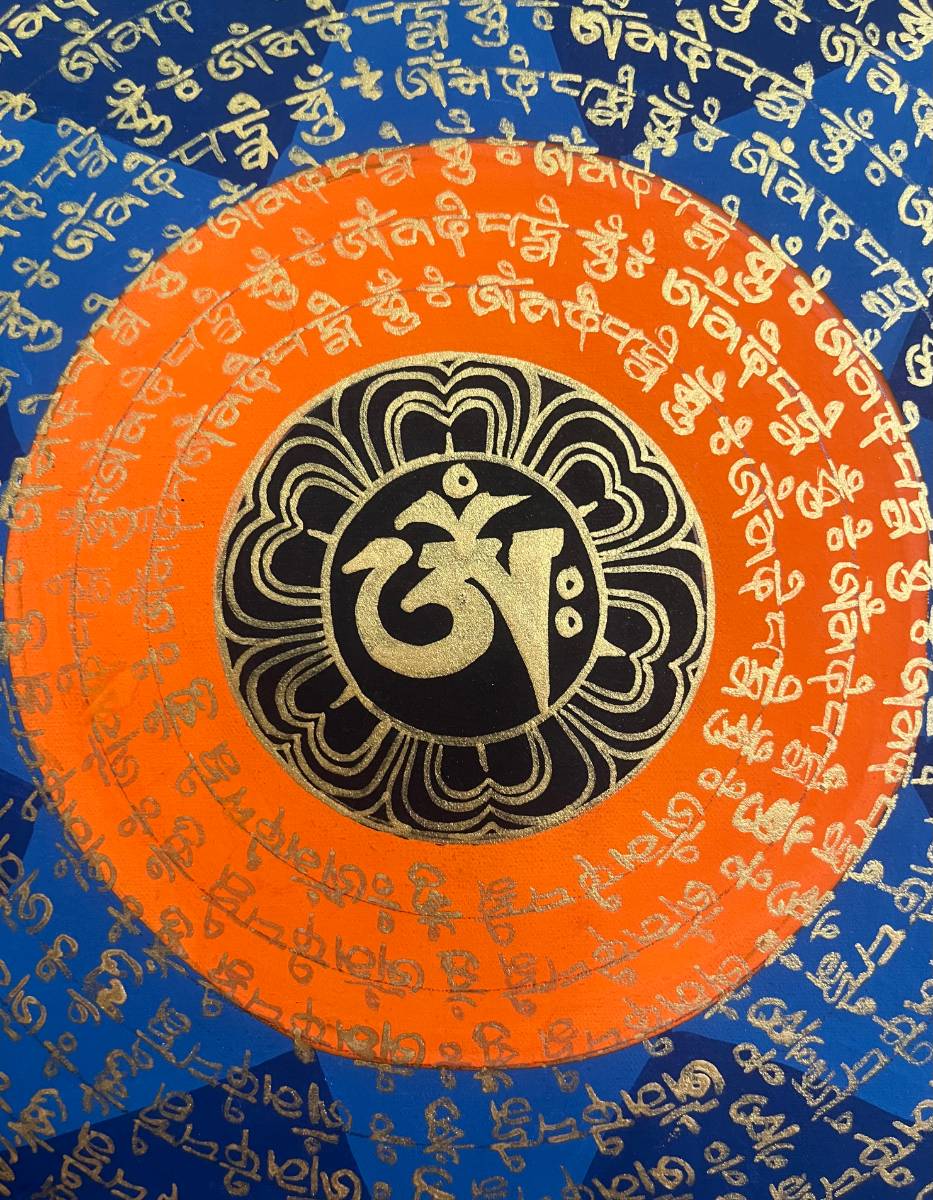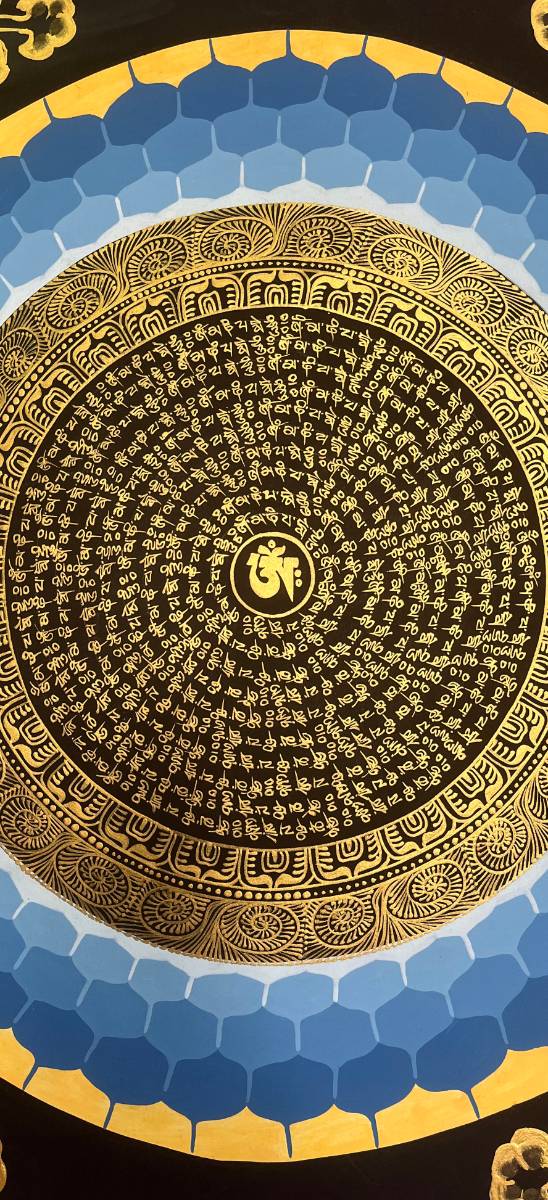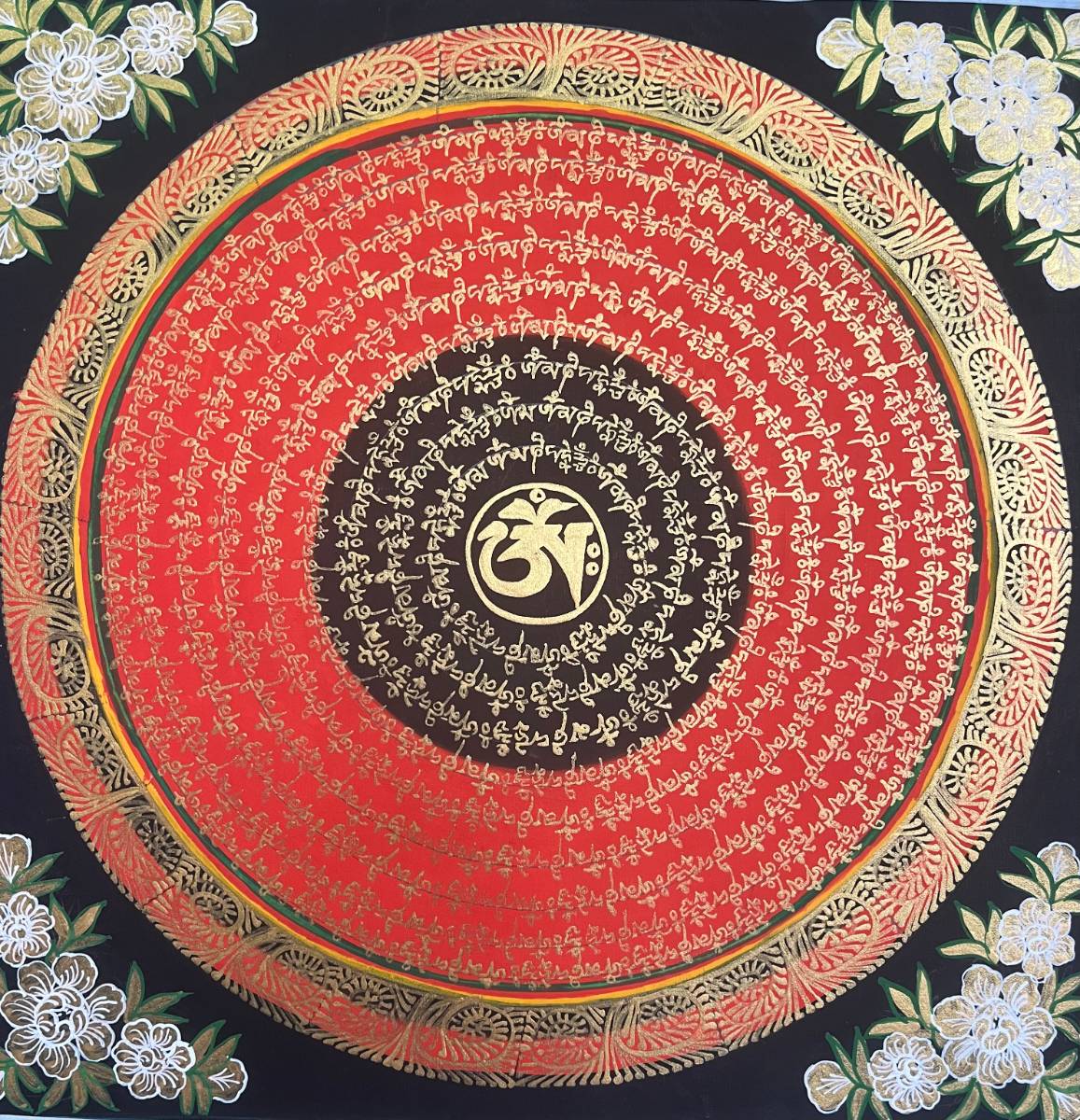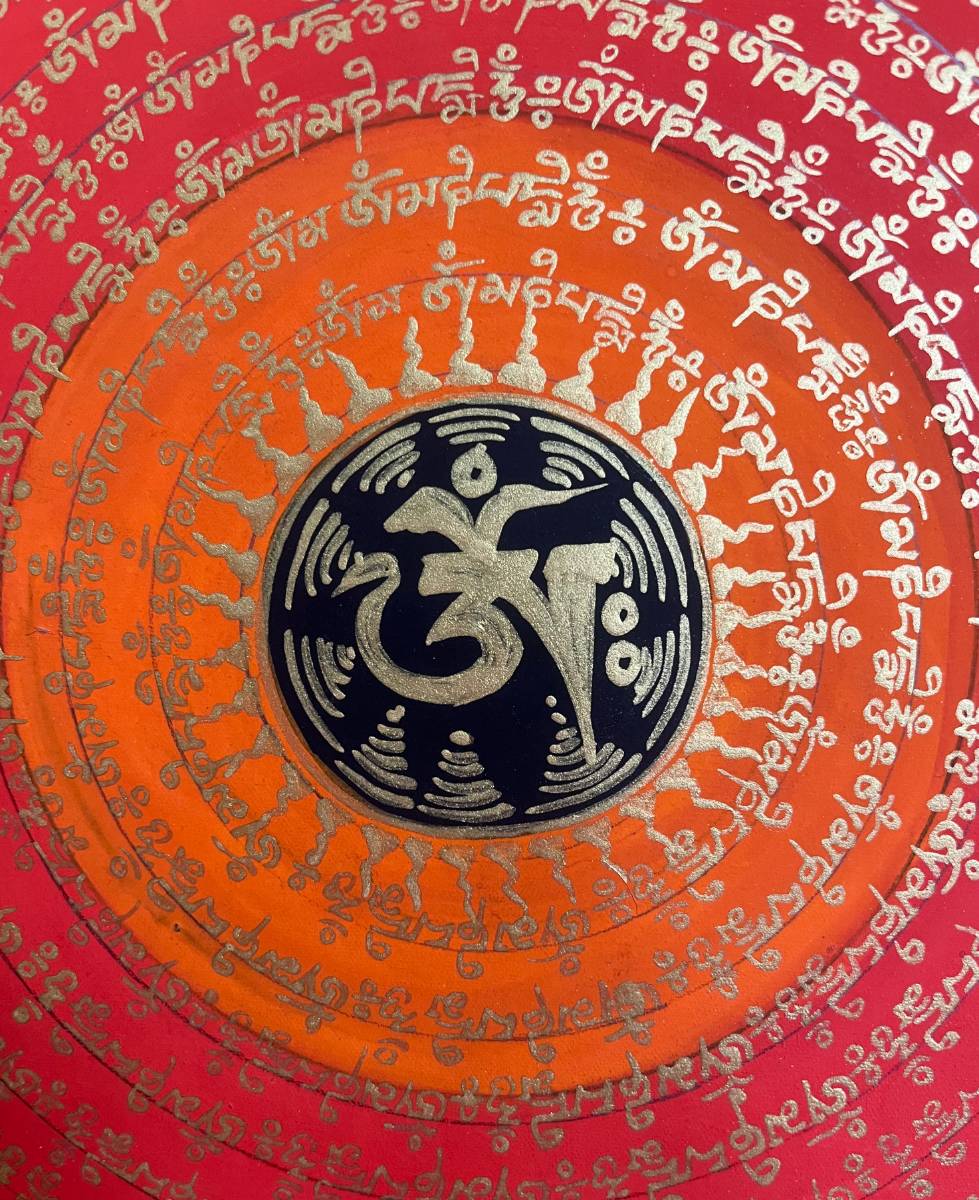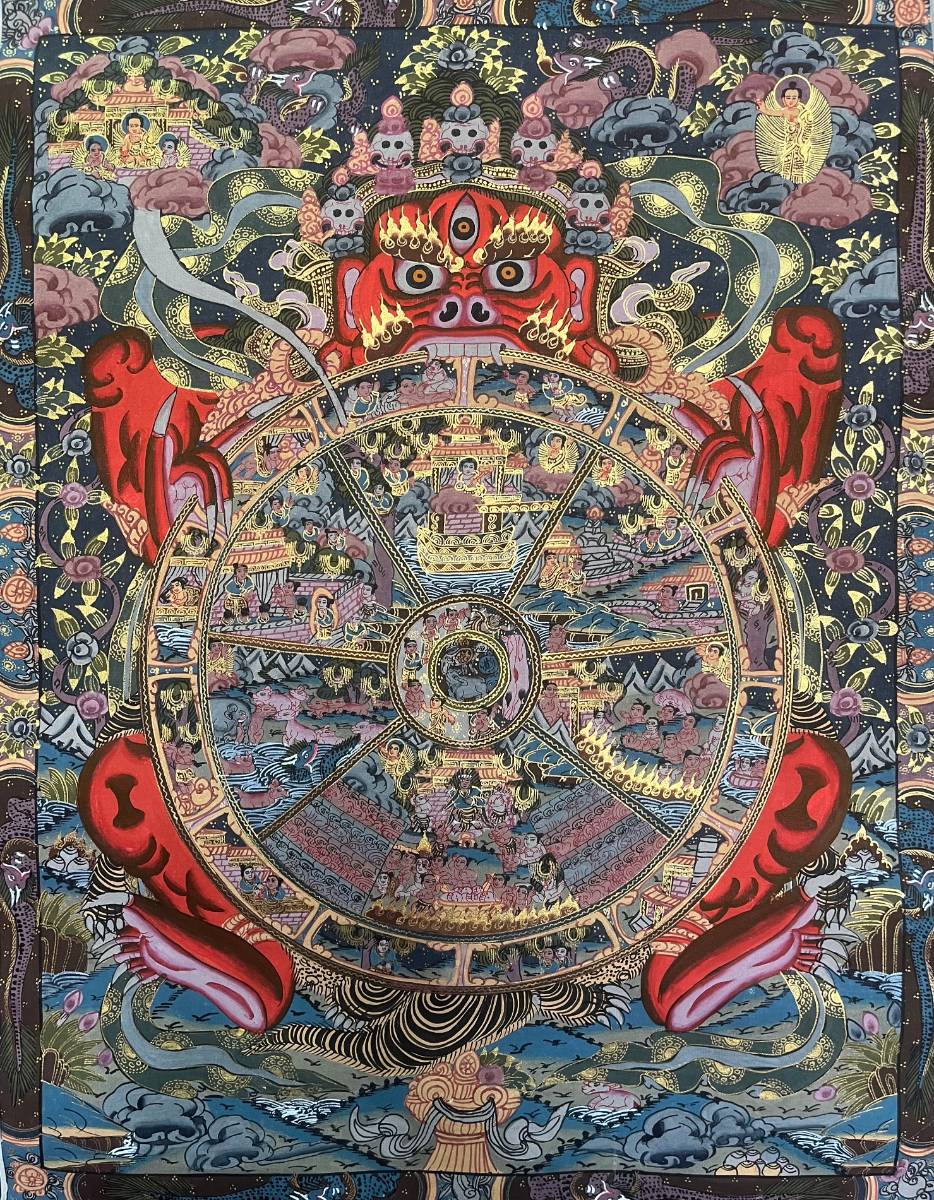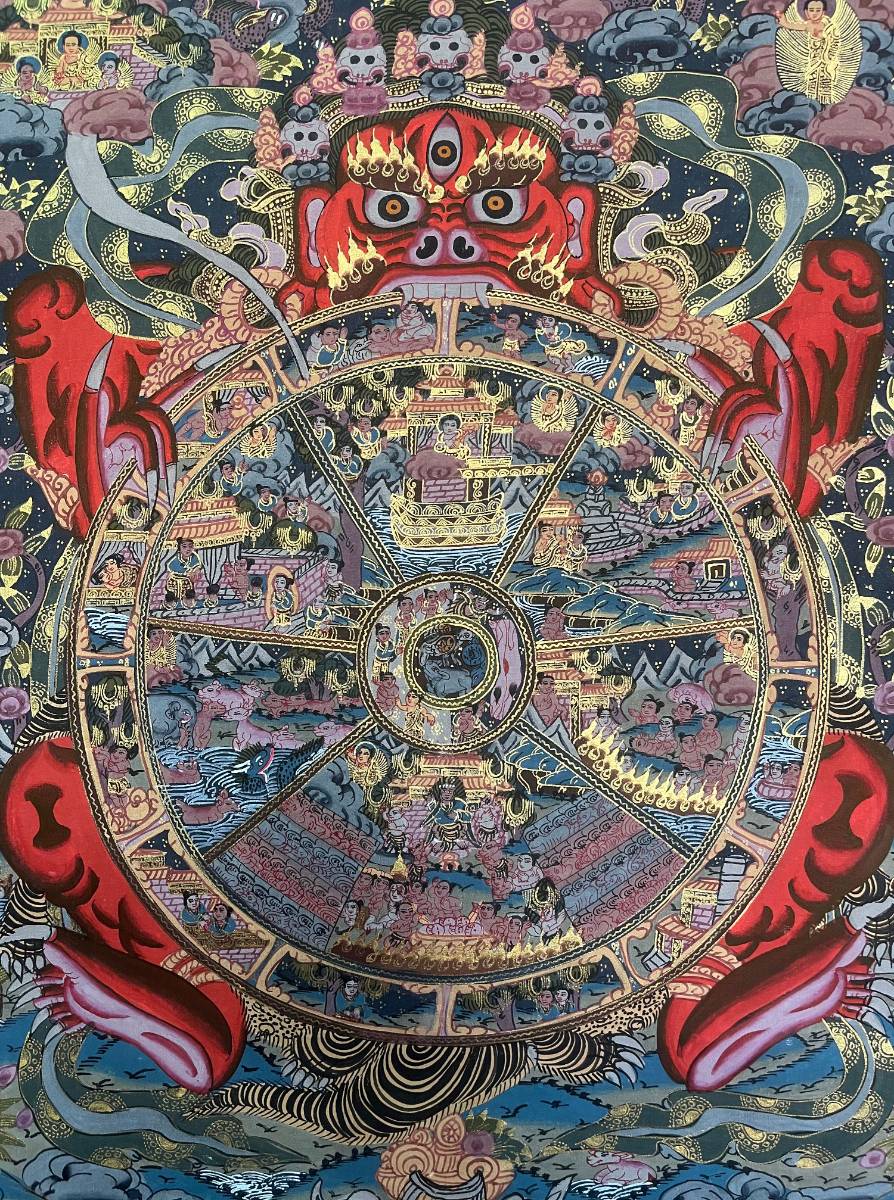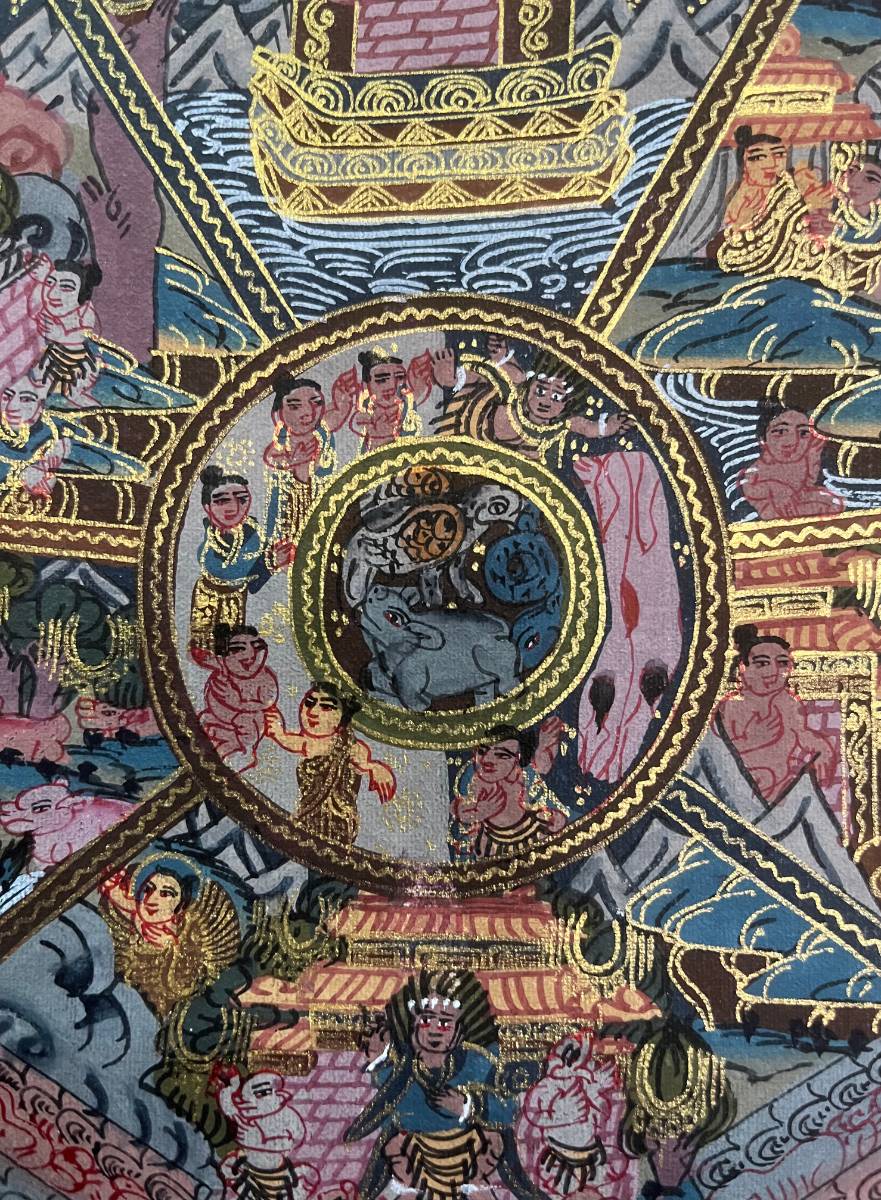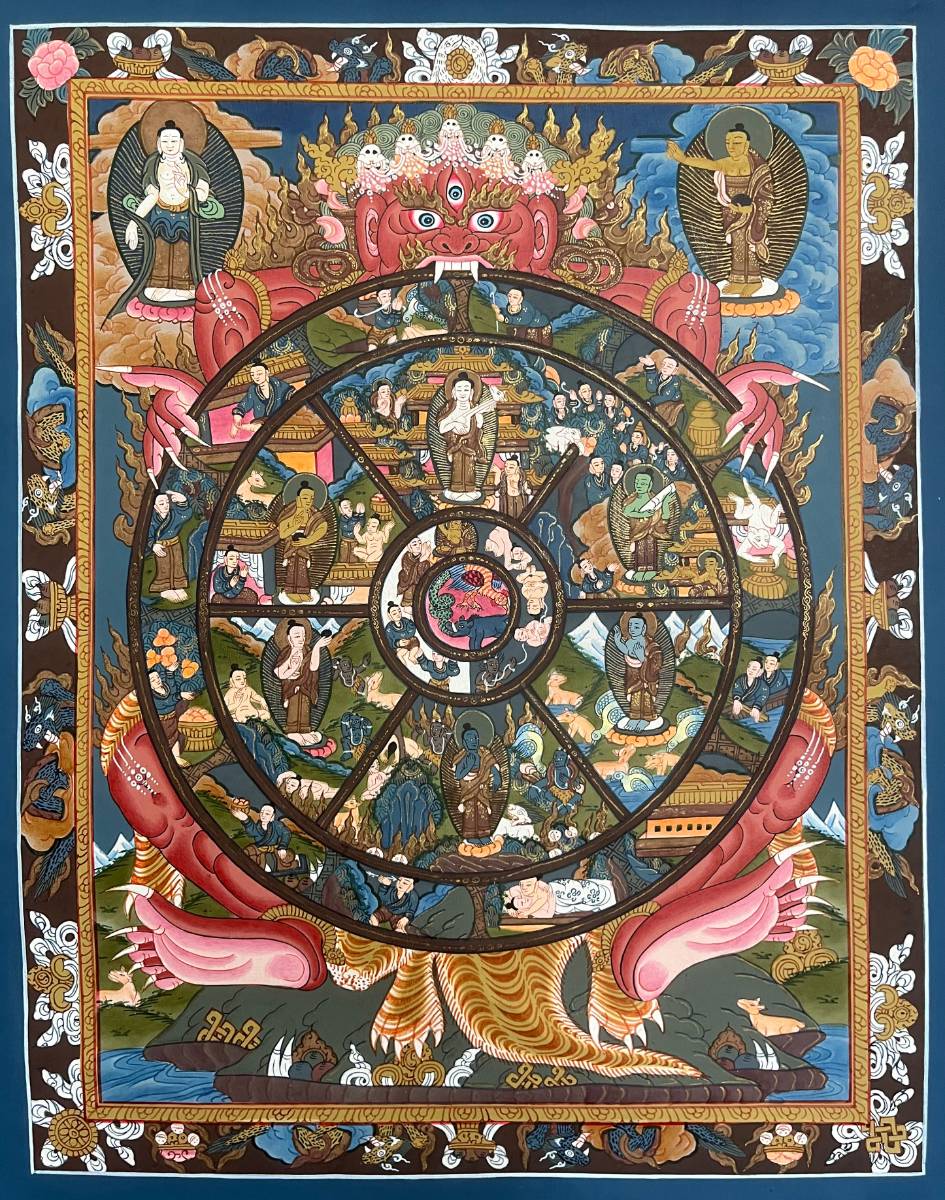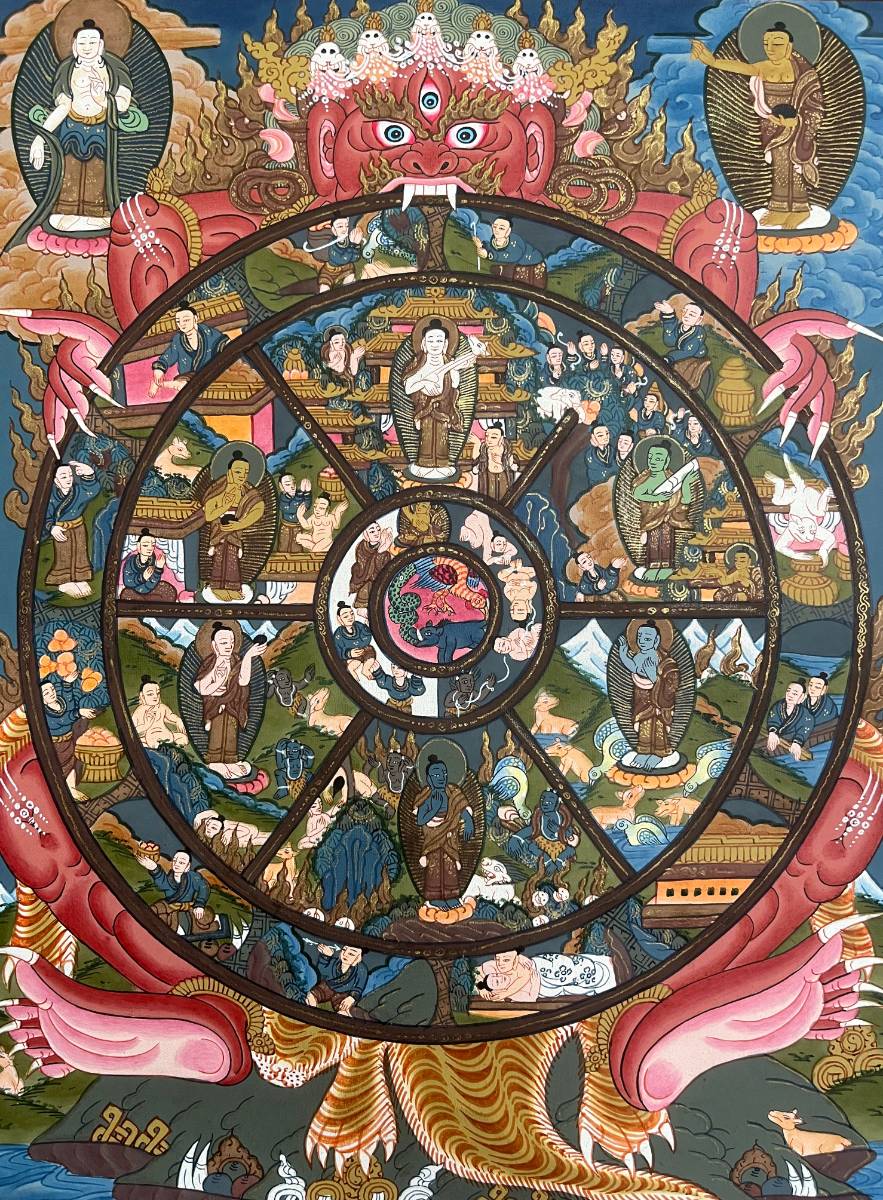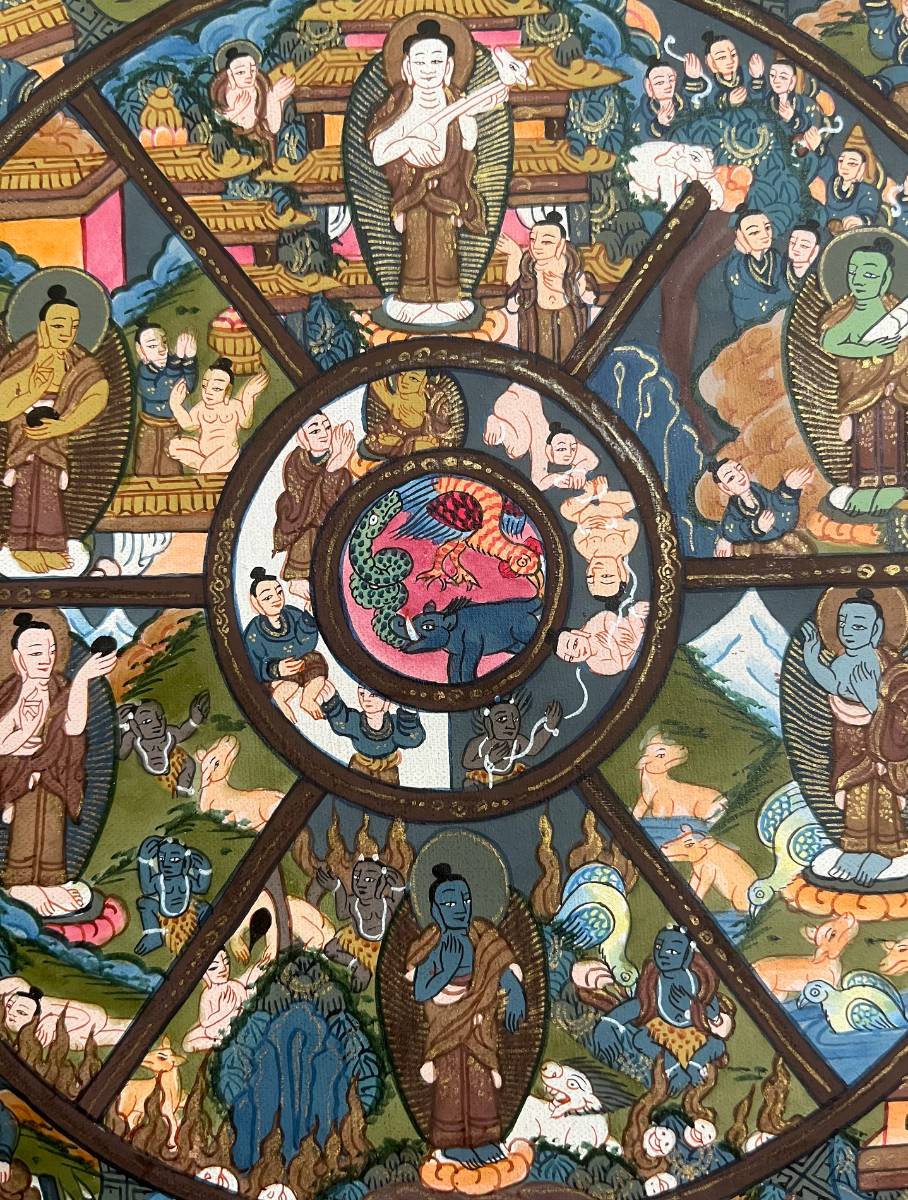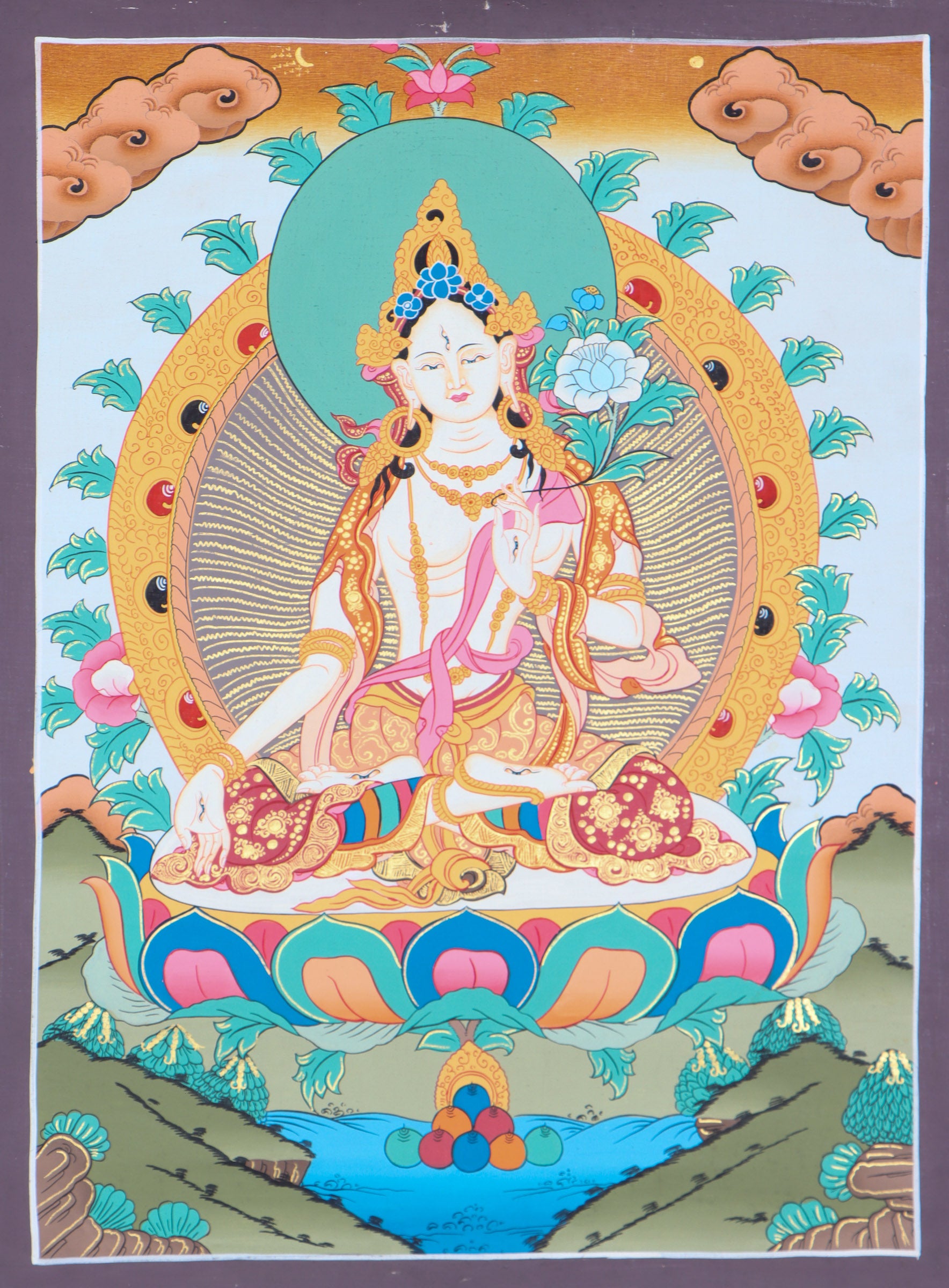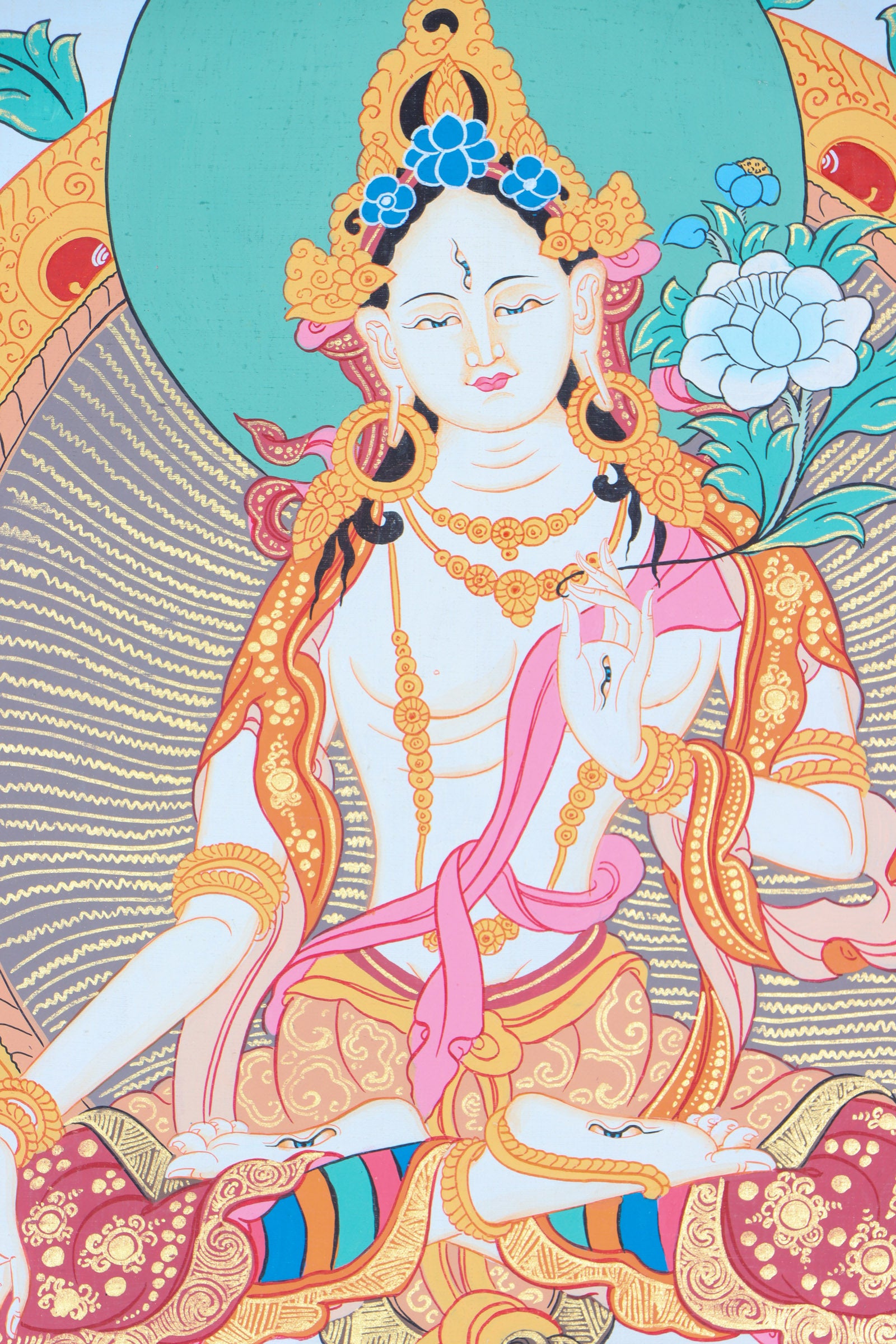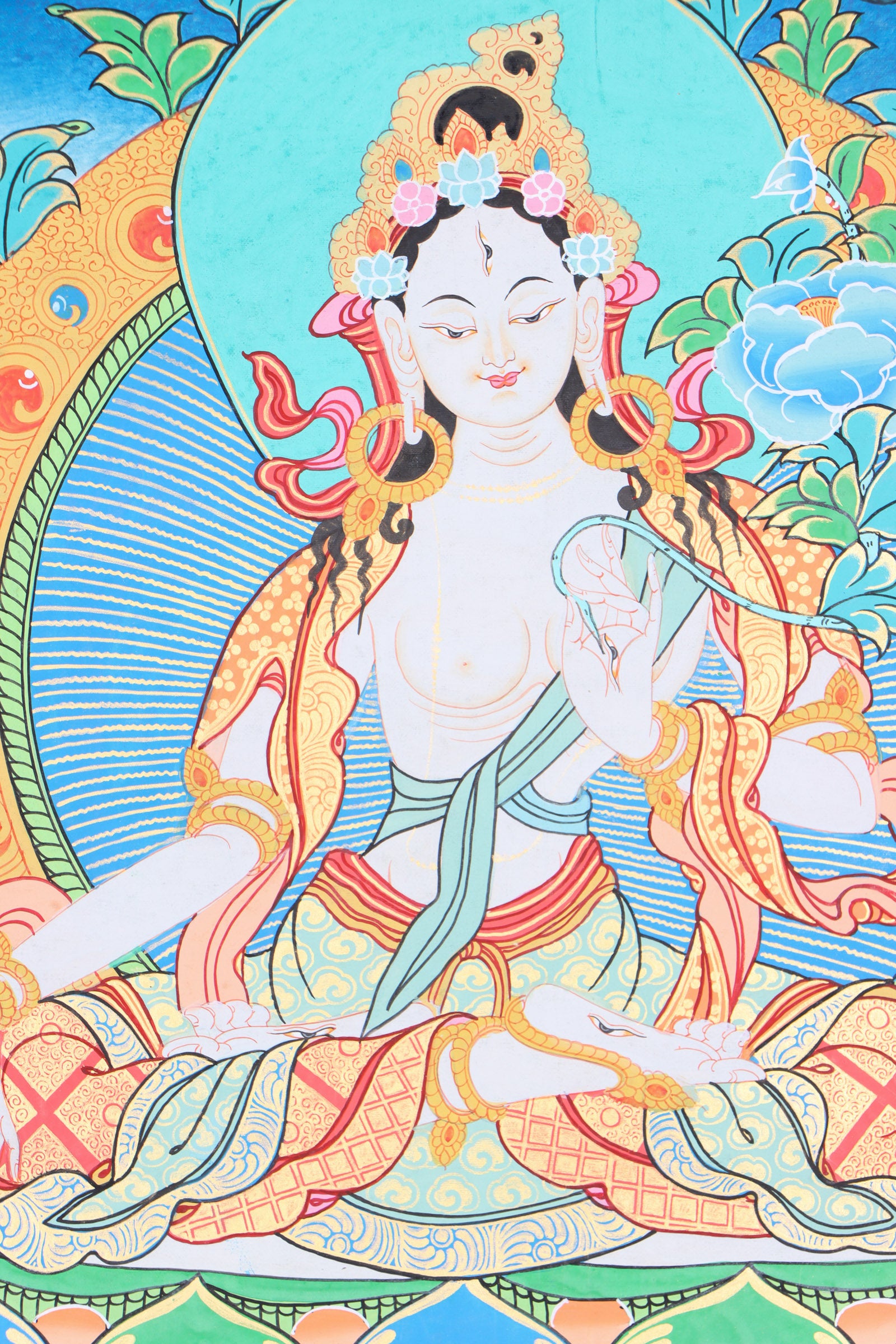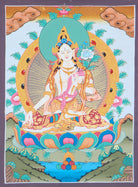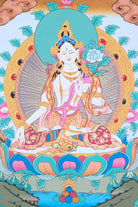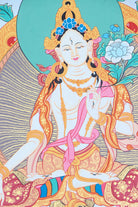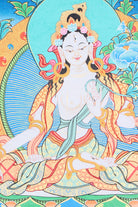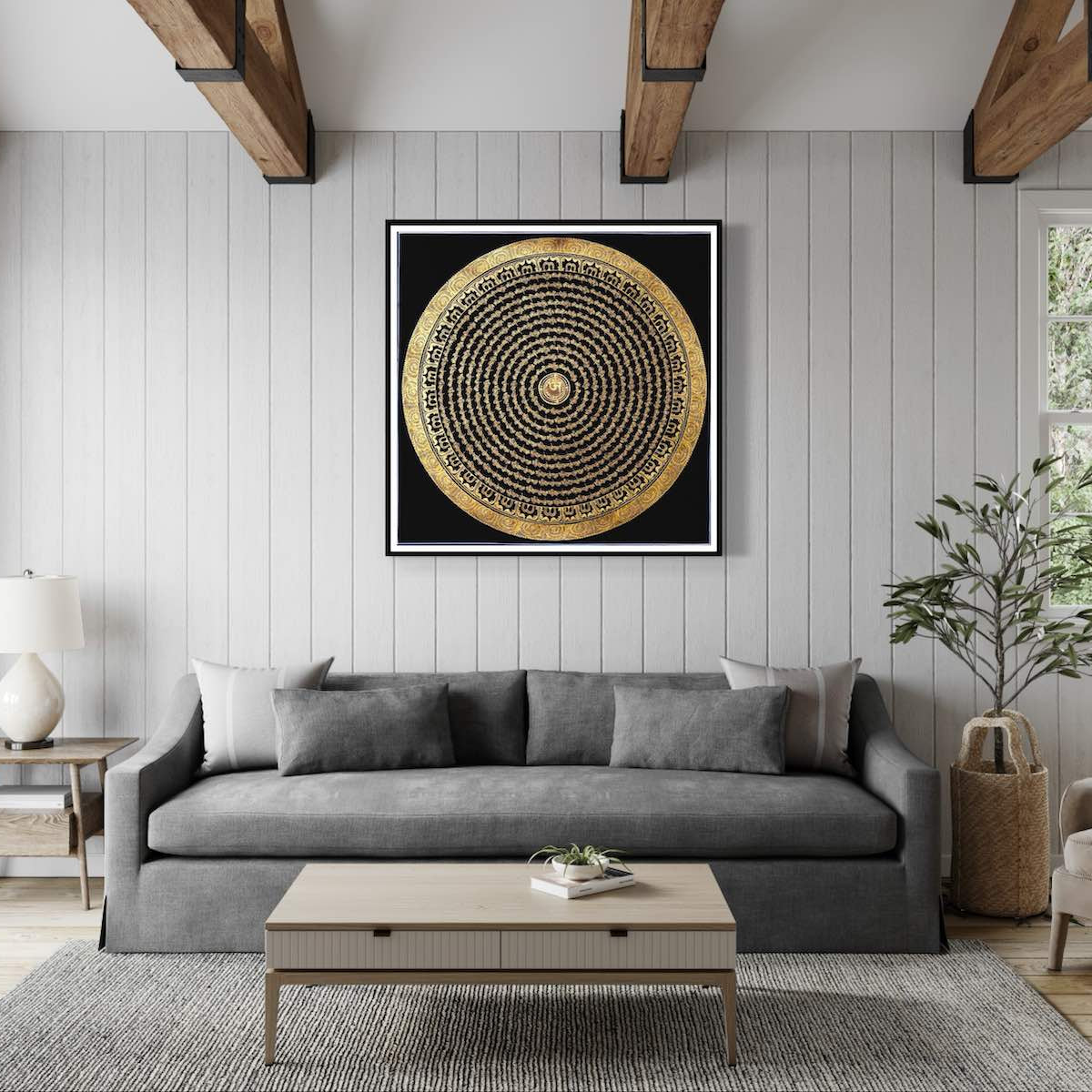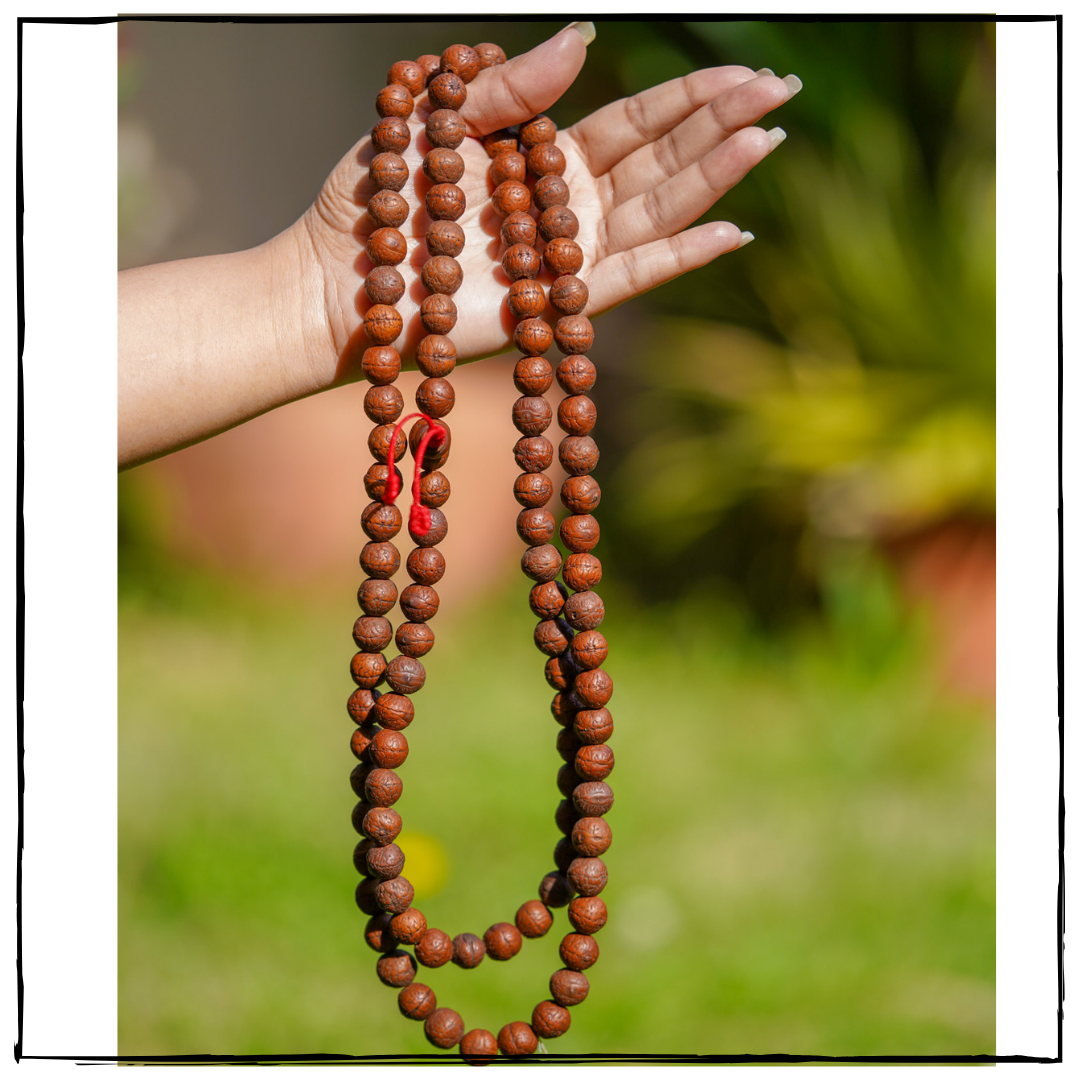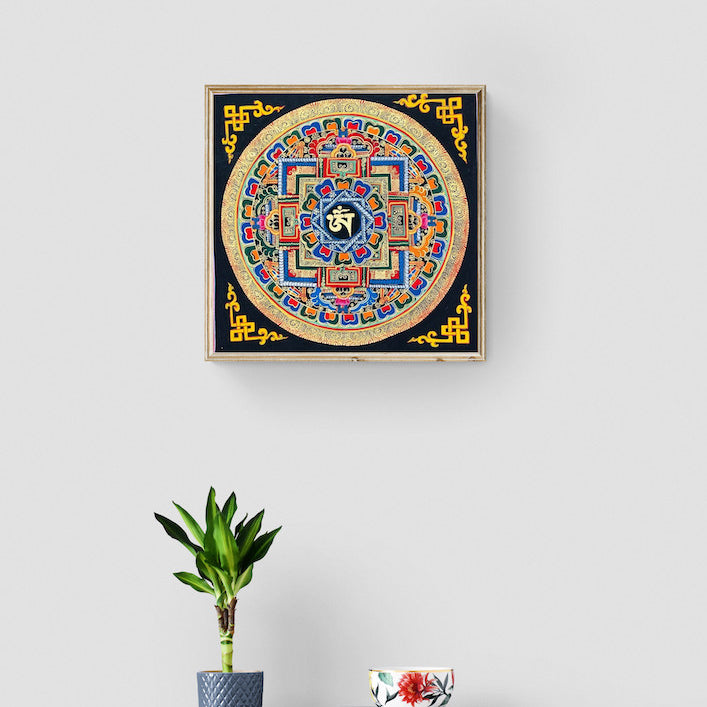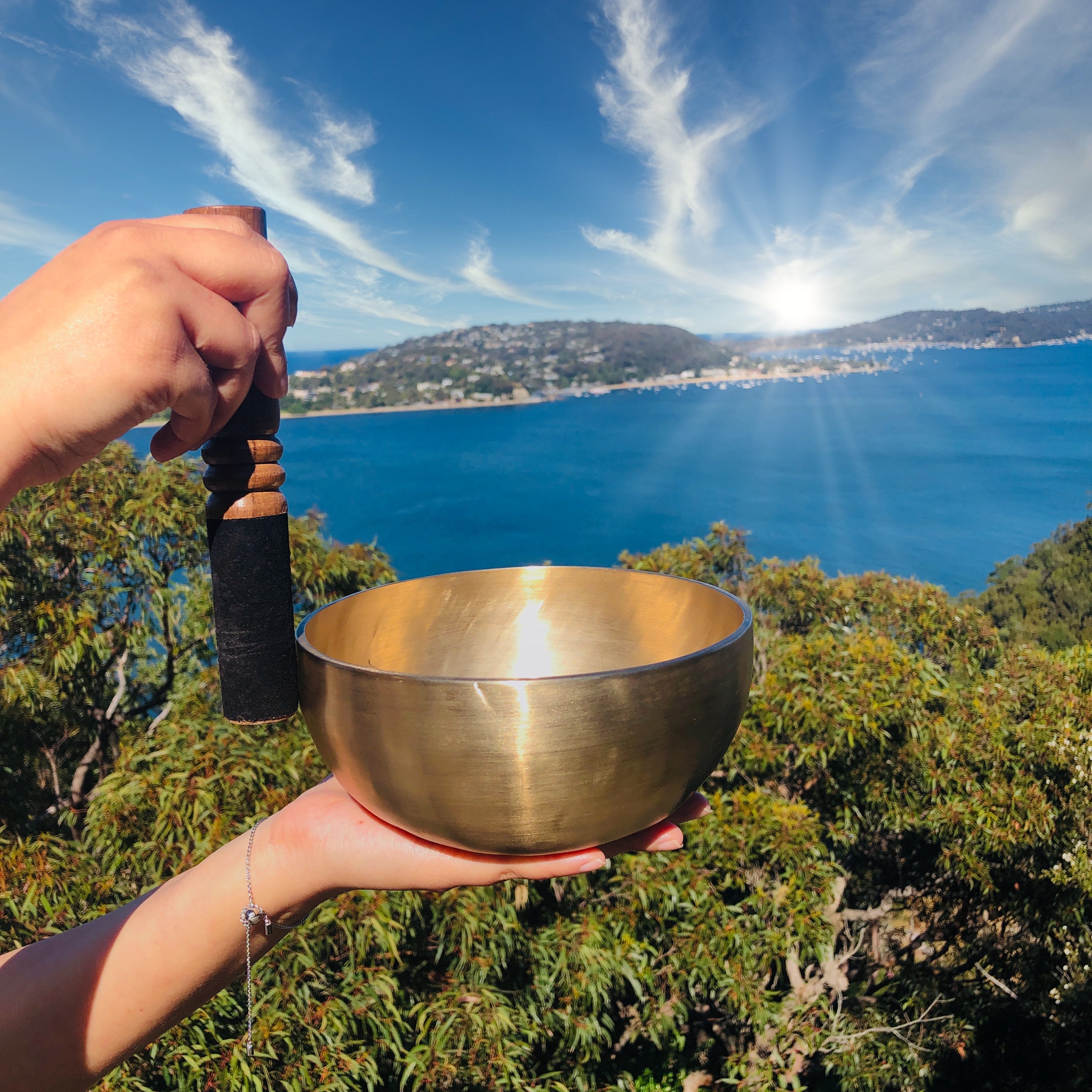White Tara Thangka Painting
Description
White Tara thangka painting is a type of artwork used in Tibetan and Himalayan Buddhist traditions, depicting the Buddhist goddess White Tara. Intricate and detailed, these paintings are employed as visual aids to assist with meditation and spiritual practice. Typically, they show various figures, symbols, and scenes from Buddhist cosmology, providing insight to the rich religious and cultural symbolism of the tradition. Tibetan and Himalayan art. It's a perfect addition to any room, adding an air of spiritual grace and brilliance.
White Tara, called "Sitatara" in Sanskrit, symbolizes compassion, longevity, and healing. She is illustrated as a graceful goddess with a pale complexion, seated upon a lotus throne, indicating her Enlightenment above earthly tribulations. The classic design of this White Tara Thangka Painting features precise facial features, vibrant decorations, and celestial Buddhist emblems. It is an impressive piece of illuminated art, skillfully crafted with accuracy.
White Tara is one of the 21 Taras in Tibetan Buddhism, renowned for her compassionate and tranquil nature. This painting is centered around her, depicting her in a relaxed sitting pose with her right hand outstretched and left hand clasping a white lotus stem that symbolizes purity.
Product Specification:
- Hand Painted
- Materials: Semi-Precious Natural Minerals
- Base: Cotton Canvas
- Origination: Nepal

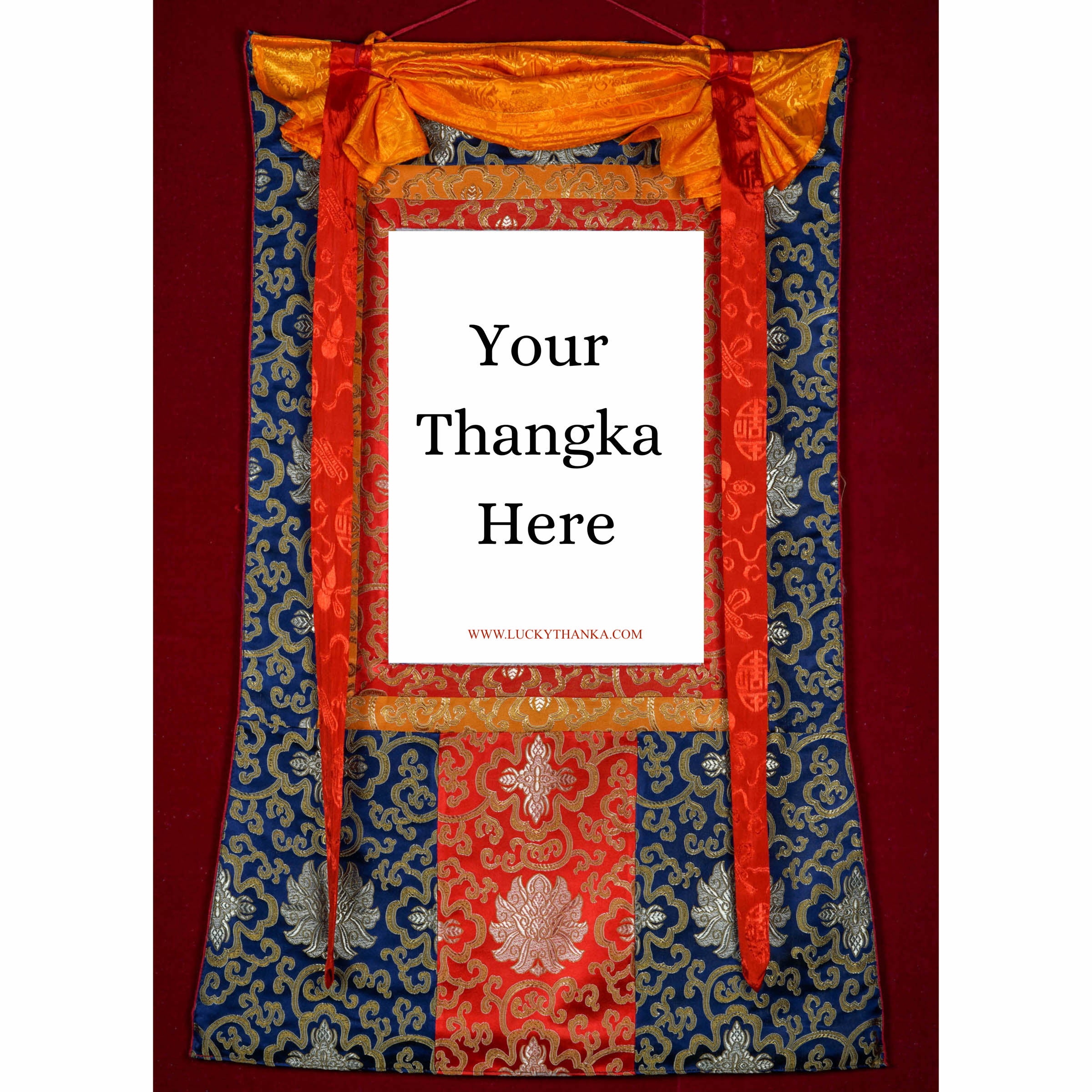
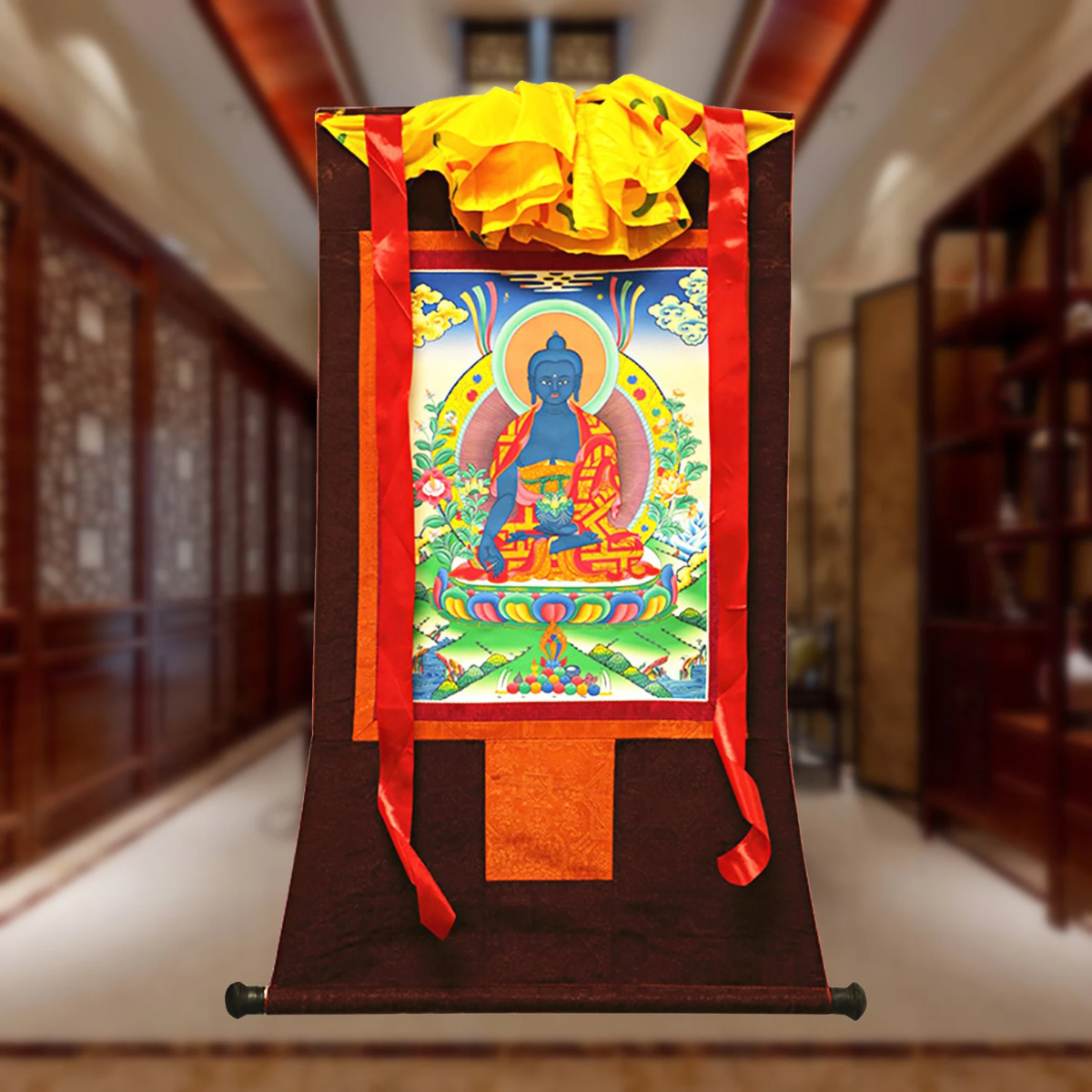
Hand Embroidery Brocade
Want to add a Brocade to your beautiful Thangka Painting? Traditional Style Brocade has been one of the most popular form of mounting as it has a greater religious merit.
Note: Make sure you have added the Thangka to your cart first.
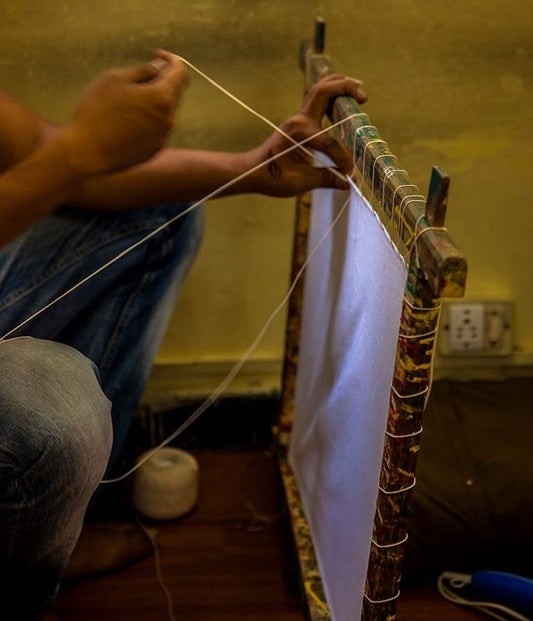
100% Cotton Canvas
Preparing the Cotton canvas before starting to paint a Thangka. This process includes washing, drying, stretching, sizing and everything needed to make a perfect base for the thangka to last for centuries.
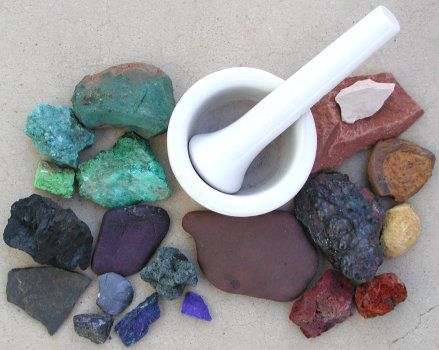
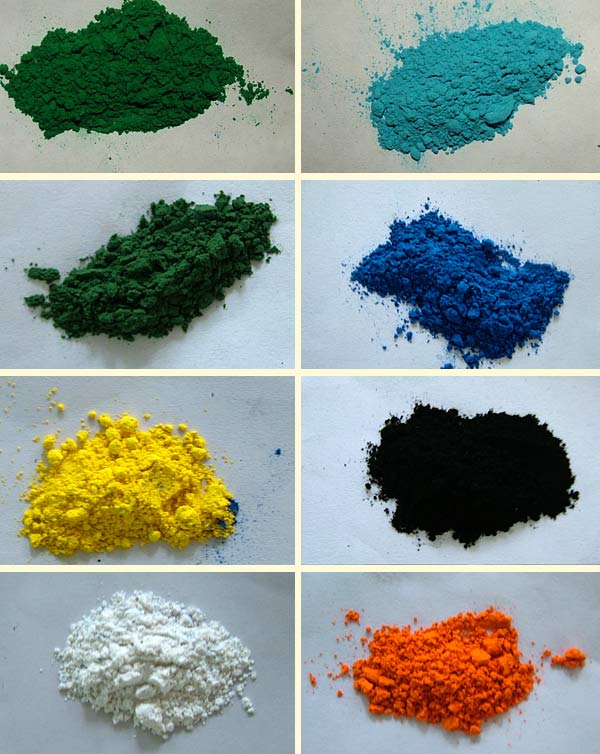
Natural Minerals
Thangka Paintings are painted using the natural minerals. These are firstly grind into the powder form and then used in the thangka as a paint.




